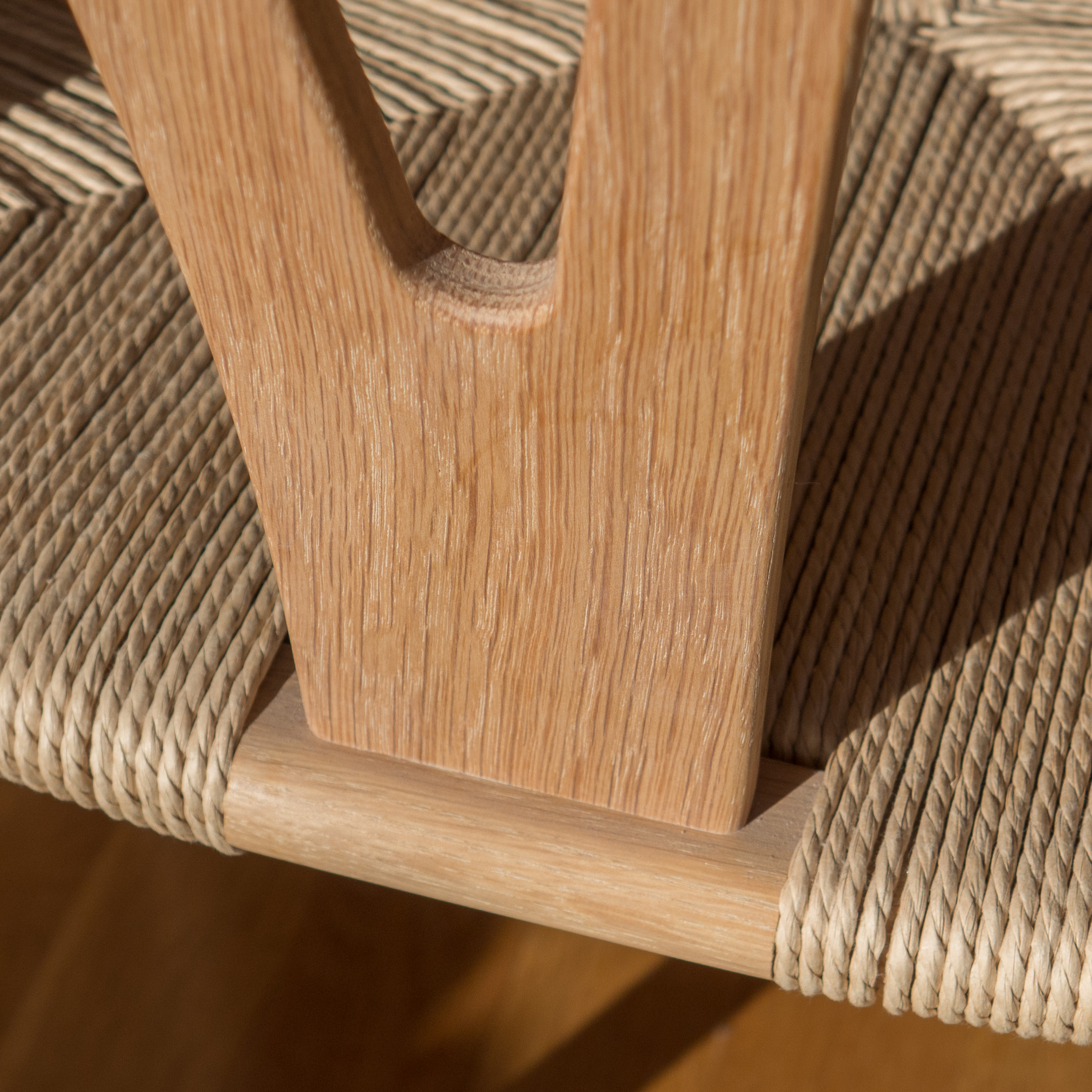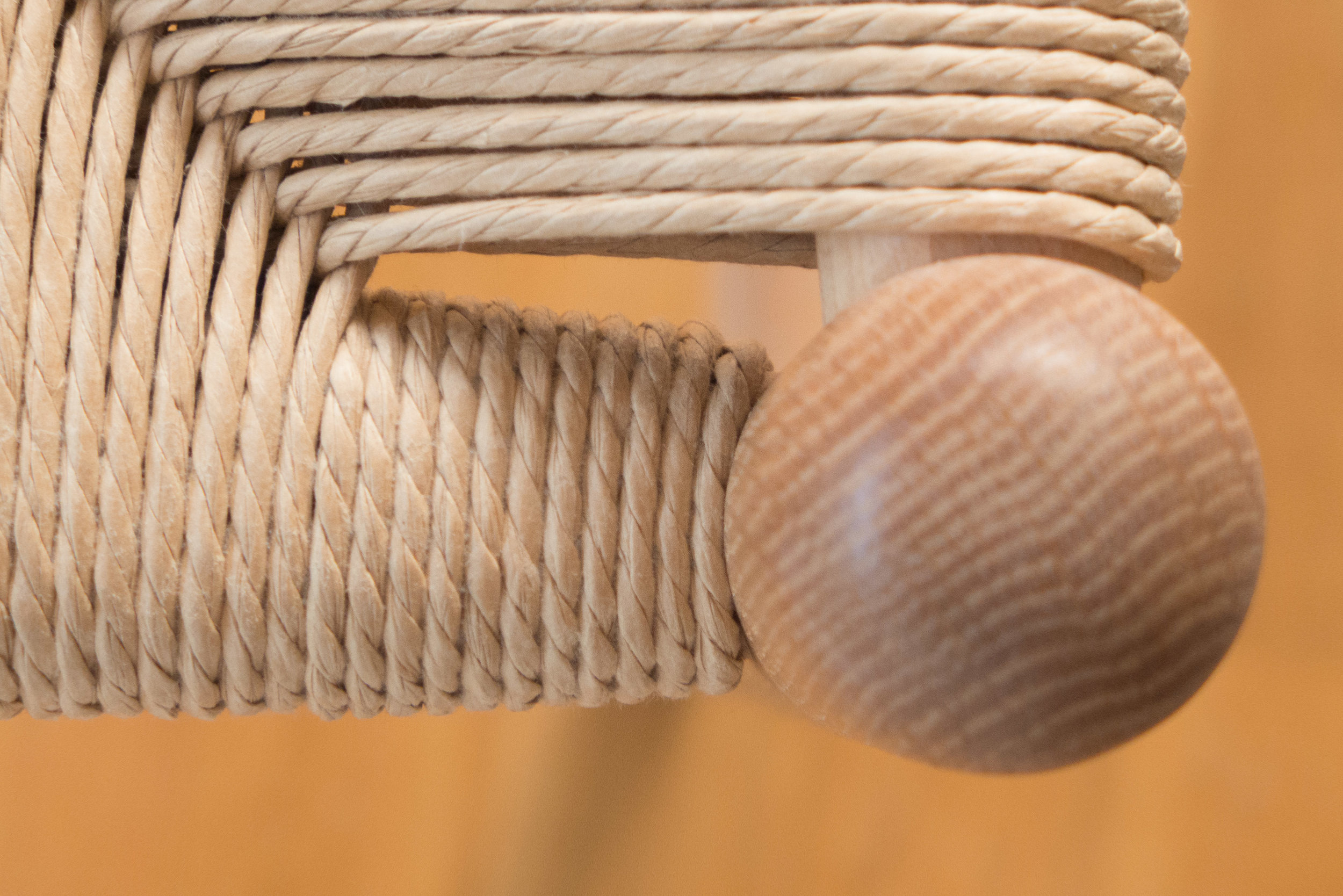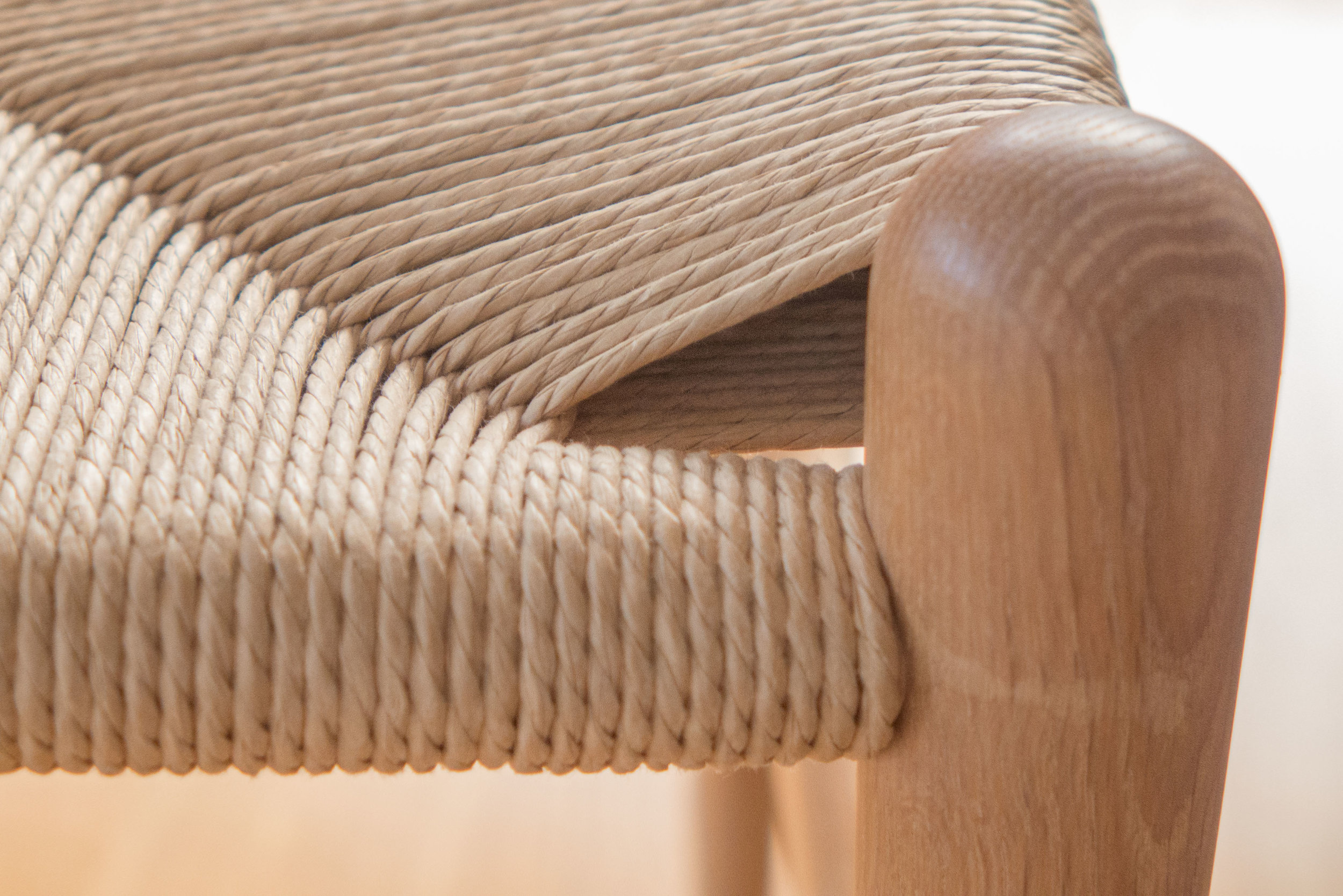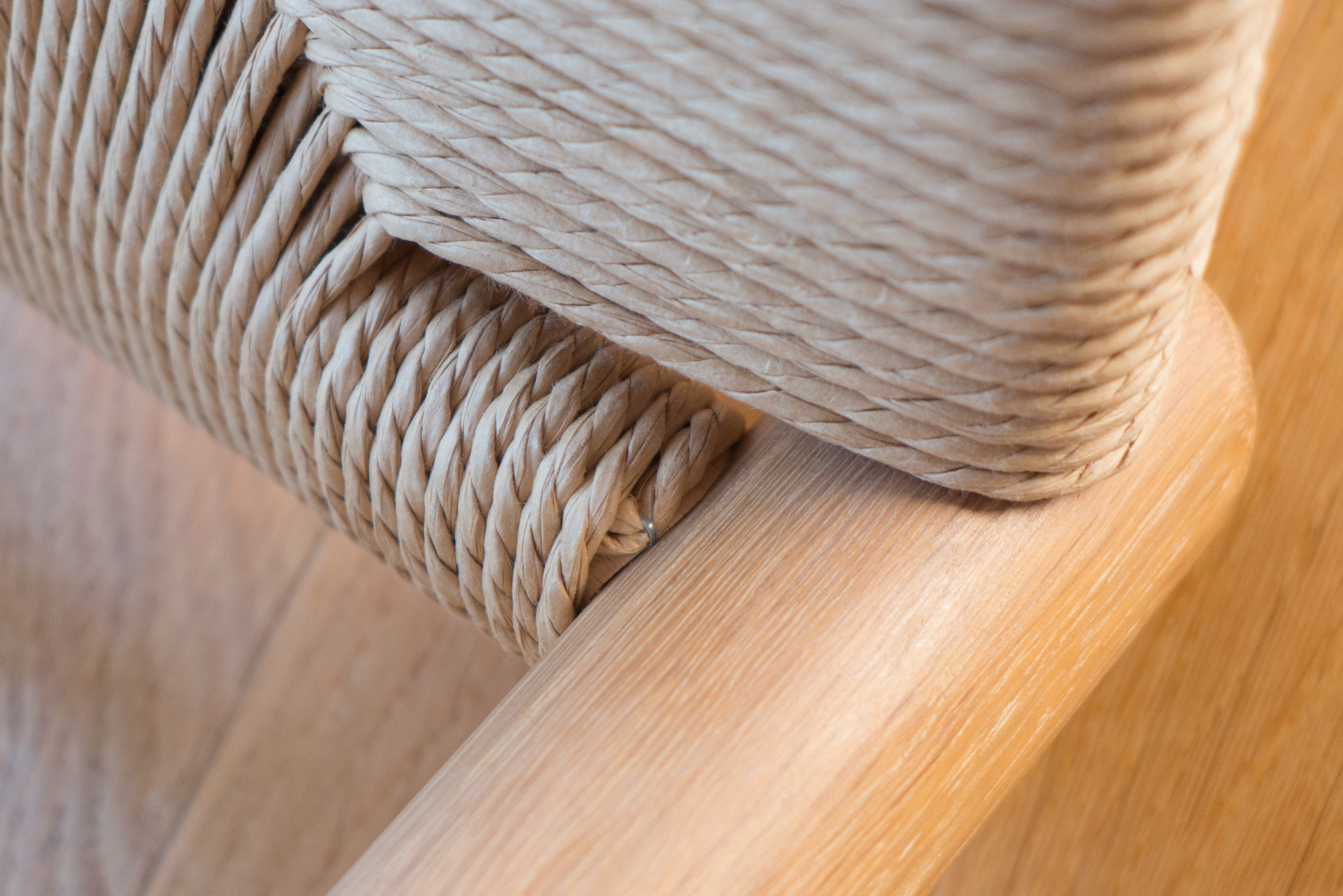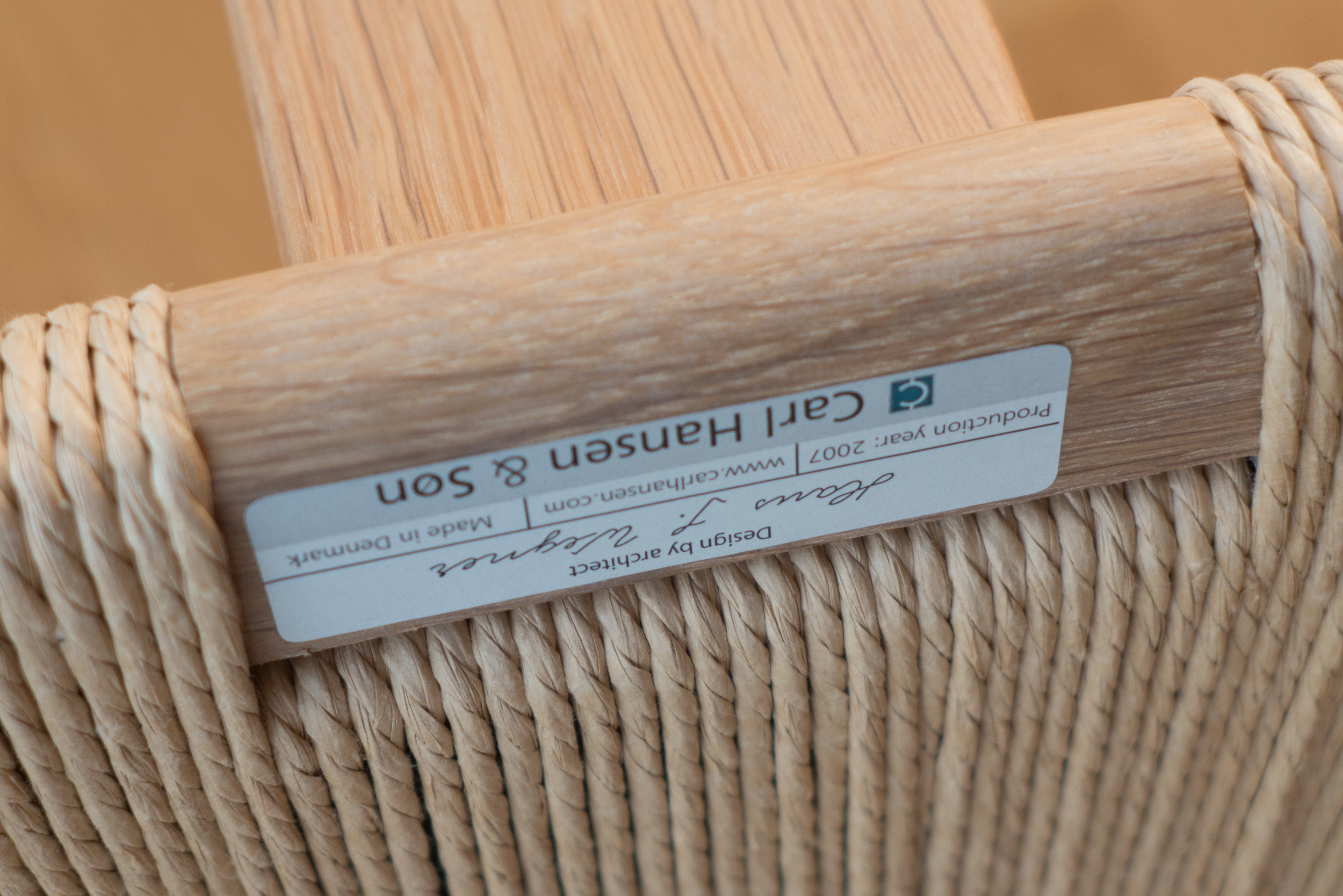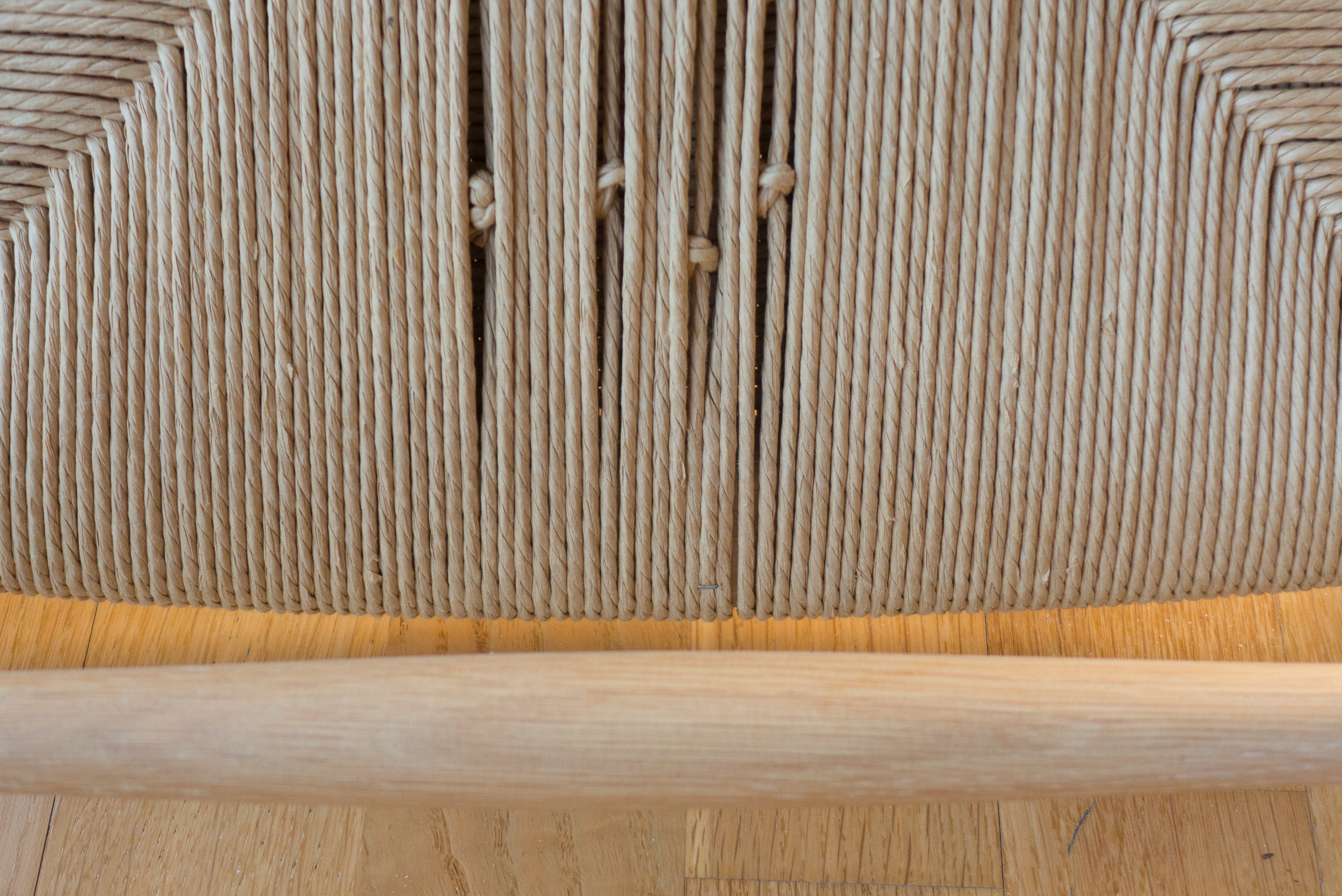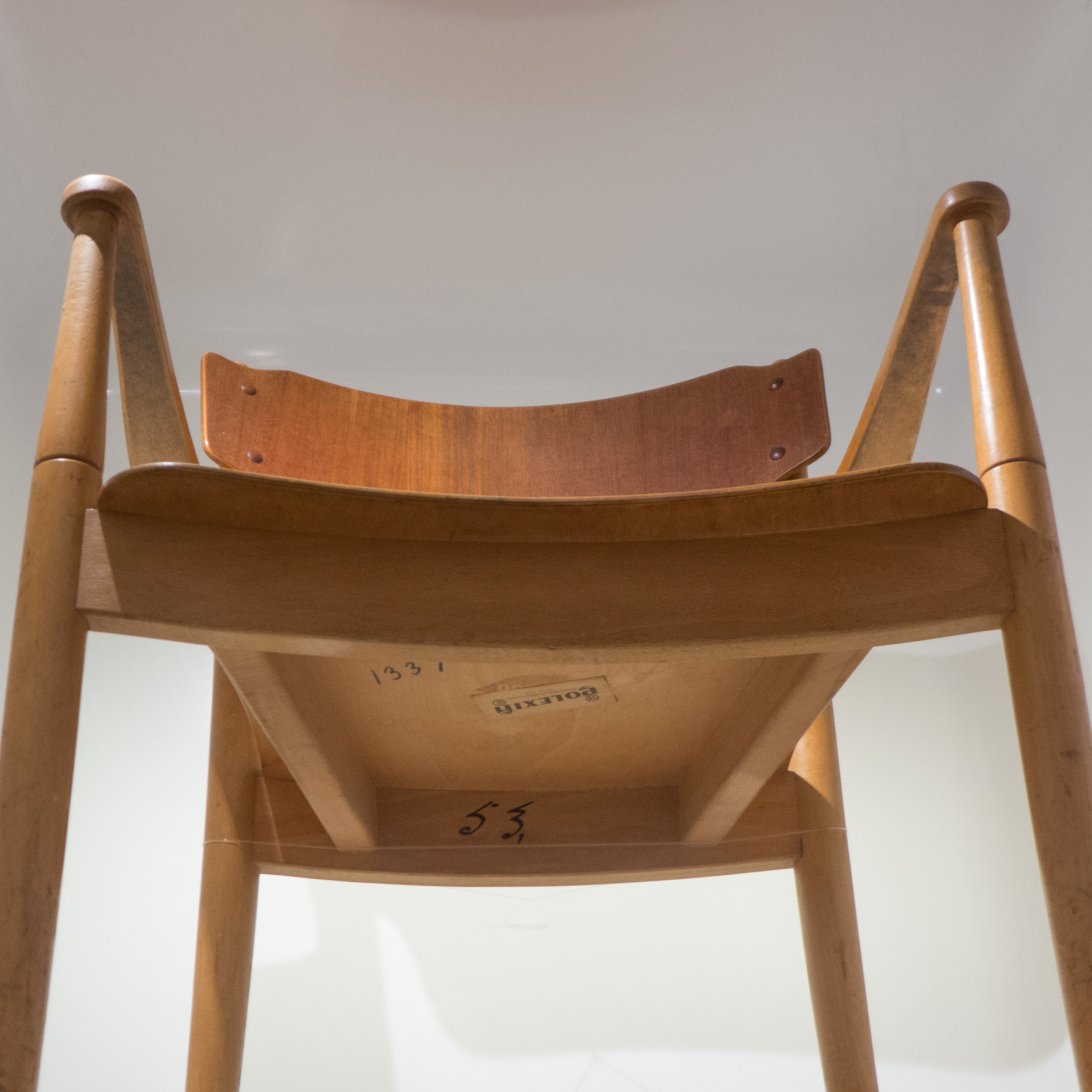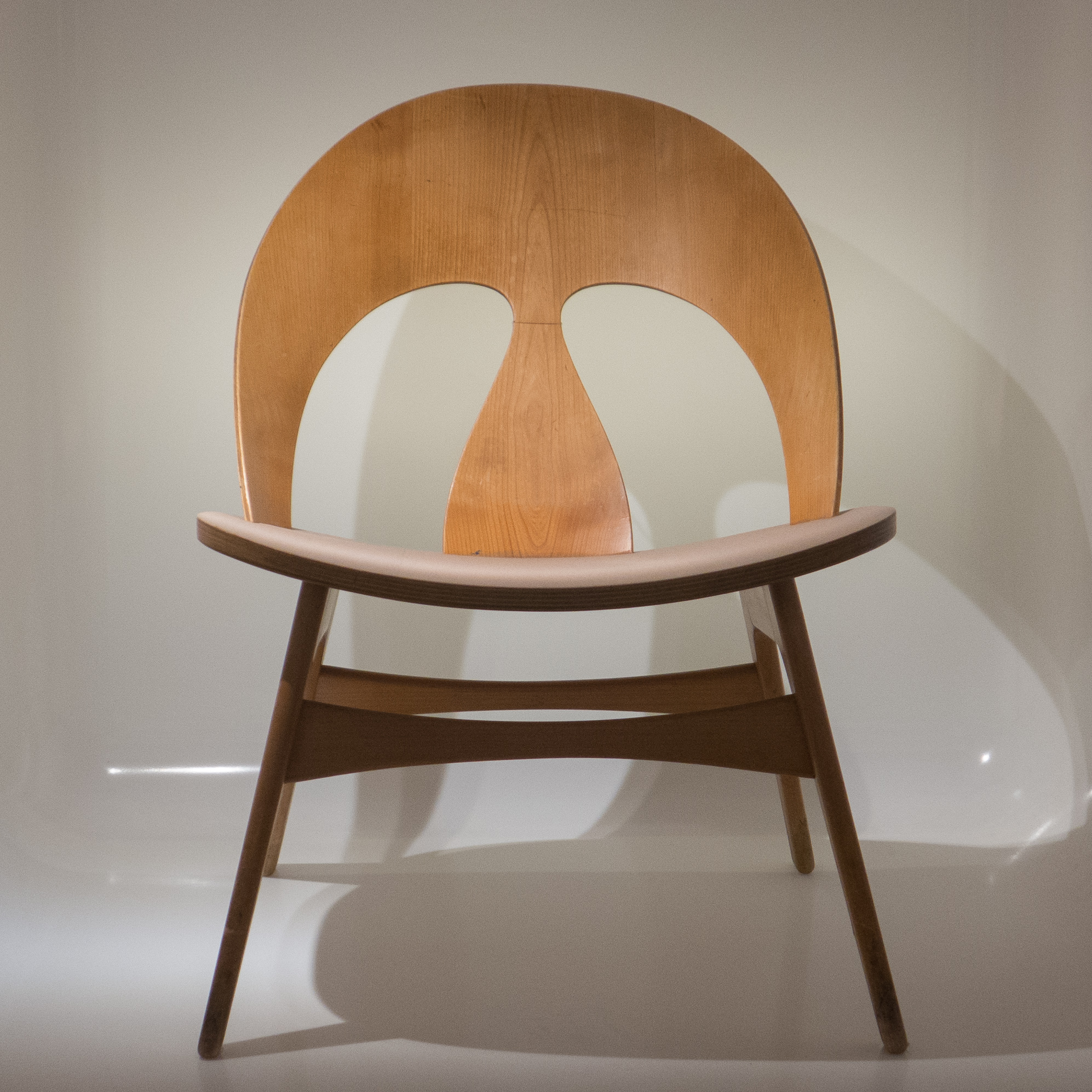If the title of this post had been something like "a discussion of residual symbols of power and poverty apparent in the design of seating in the period of transition from independent cabinetmakers to industrial production in modern Denmark" then many, quite reasonably, would not have swiped right.
But ……..
In the west, and particularly in northern Europe, although we seem to live in an increasingly secular age and tend to downplay or dismiss symbolism, it still plays a strong part in how our society is organised and functions. Of all the types of furniture we use, it is chairs that seem to be charged with the most meanings.
A photograph of chairs set on either side of a fireplace are still a strong symbol of hospitality suggesting the warmth and comfort of the hearth at the centre of a home but much less warm and cosy …..
A legal court or parliament sits or is sitting and the chair of the judge or the Speaker of the parliament is the focus of the whole room.
In a university professors have a Chair in their faculty and, in a business meeting, to 'take the chair' is to take control.
Companies have leaders or heads but they are usually referred to as the 'chairman' of the board of the company and when a new director is appointed they have a place on the board but it is usually described in English as 'a seat on the board.'
A Cathedral is the Seat of the Bishop and the See of the Bishop or Holy See is from sedes as in sedia or chair and ironically that is the same starting point for the English word sedentary from spending too much time in a chair. The actual chair of the bishop, some form of obvious throne, or chair on steroids, is given emphasis by being placed under a canopy as a symbol of their authority as if having the biggest and best and most expensive chair in the place was not enough.
Grand Medieval households were often arranged with separate tables for different levels or hierarchies within the family and its servants for dining and the high or posh table had at the centre a large chair for the owner or 'head' of the house while long tables in the 'body' of hall would have had benches for less important people.
In English politics most official photographs of government ministers at cabinet meetings show the Prime Minister sitting at the centre of the long side as a symbol of collective government … although that does not appear to be working too well at the moment.
Chairs can be used to draw someone into a group - so you invite someone to 'pull up a chair' or to 'just grab a seat' if you are distracted by something or someone else but want to keep them in the room. But you can do just the opposite … put them in their place or make them feel excluded by making someone stand while you sit.
And simply sitting down on a chair or standing up can be used to control a complex situation so in a legal court people might have to stand when the judge enters the room and cannot sit down again until after they are seated and when someone in charge stands up it can signal the end of a meeting.
Even in the home this sort of control can be used so a child behaving badly might be made to get down from the table or as a punishment made to stay at the table.
Chairs and seats reflect status so someone might want the 'best seats in the house' when they go to the theatre or economise by booking something up in the cheap seats.
You can stand behind someone who is sitting down and lean over them to intimidate them.
Or you can give them or put them in the hot seat.
And not just the chairs themselves but the arrangement of chairs can be important so lines of chairs or better an arc of chairs can focus attention on a lectern and even in democratic Denmark the cathedral in Copenhagen has an interesting arrangement with a royal pew up in a gallery, above everyone else, looking directly across at the preacher standing, but not sitting but with a canopy so both his words and his status are clear so this is a play of power on who is sitting above whom.
Think of the game for children where there is one chair less than the number of players who circle until music stops and the one who fails to get a chair is out and a chair is removed before the game continues until it is just two fighting, often literally fighting, for that last chair.
To 'send someone to The Chair' means executing them in an electric chair and when someone is interrogated they might be tied to the chair or simply held under a spotlight with the interrogators walking around …. Just think about the closing scene in the film Brazil and you can see the symbolism of power and complete loss in a single isolated chair.
On the whole, of course, modern Danish chairs are not quite that powerful but then Wegner's Round Chair had an important role in the Nixon Kennedy interview, almost certainly the most prestigious commission won by Finn Juhl was to design chairs for the United Nations building in New York and there is that iconic photo of Christine Keeler, the maker of spies and the breaker of political reputations, naked and sitting the wrong way round on a Chair 7 … OK it's a fake version of the Jacobsen chair but oddly that makes it somehow even more symbolic.




